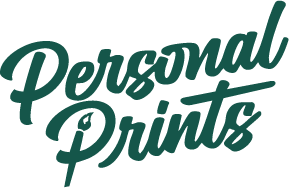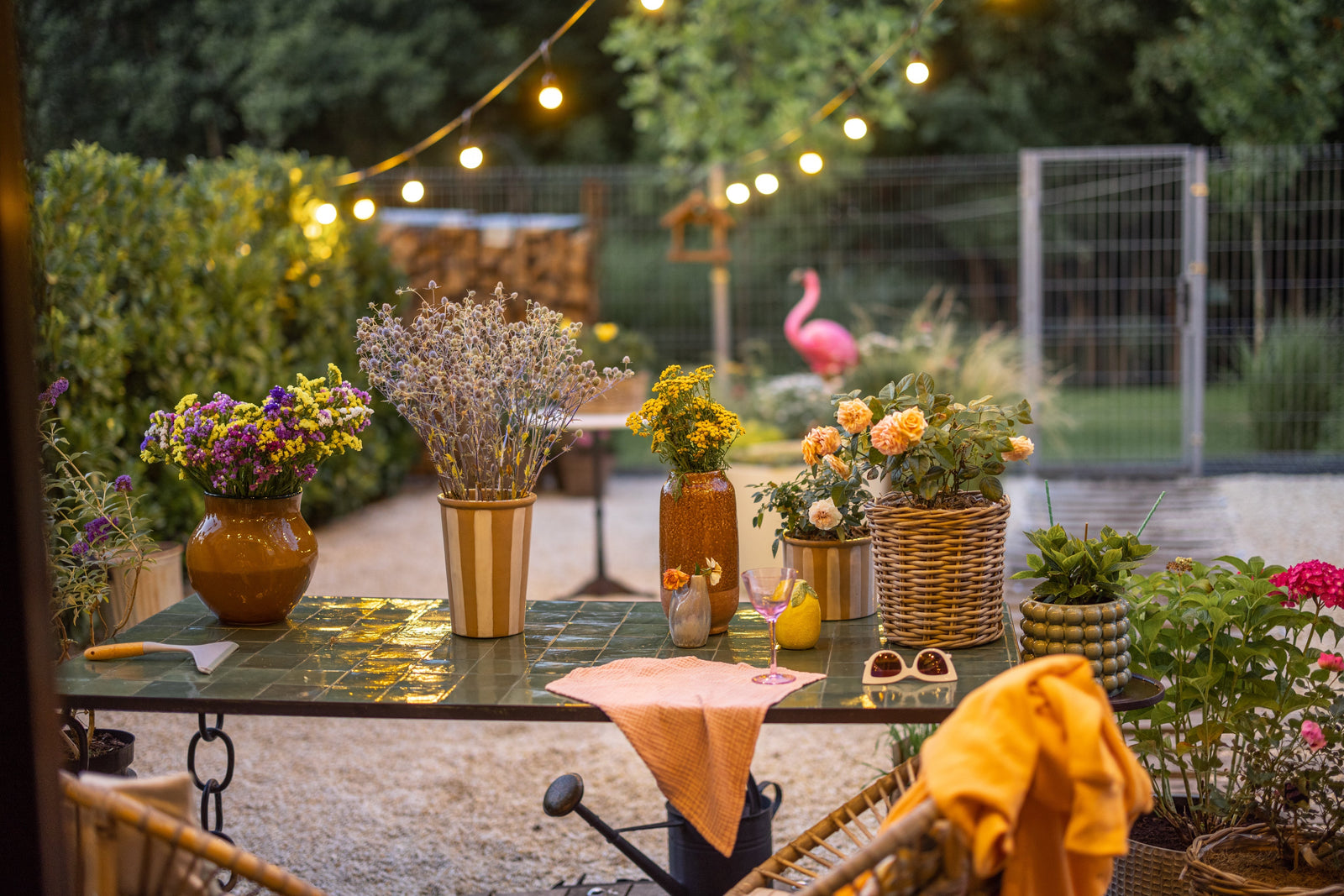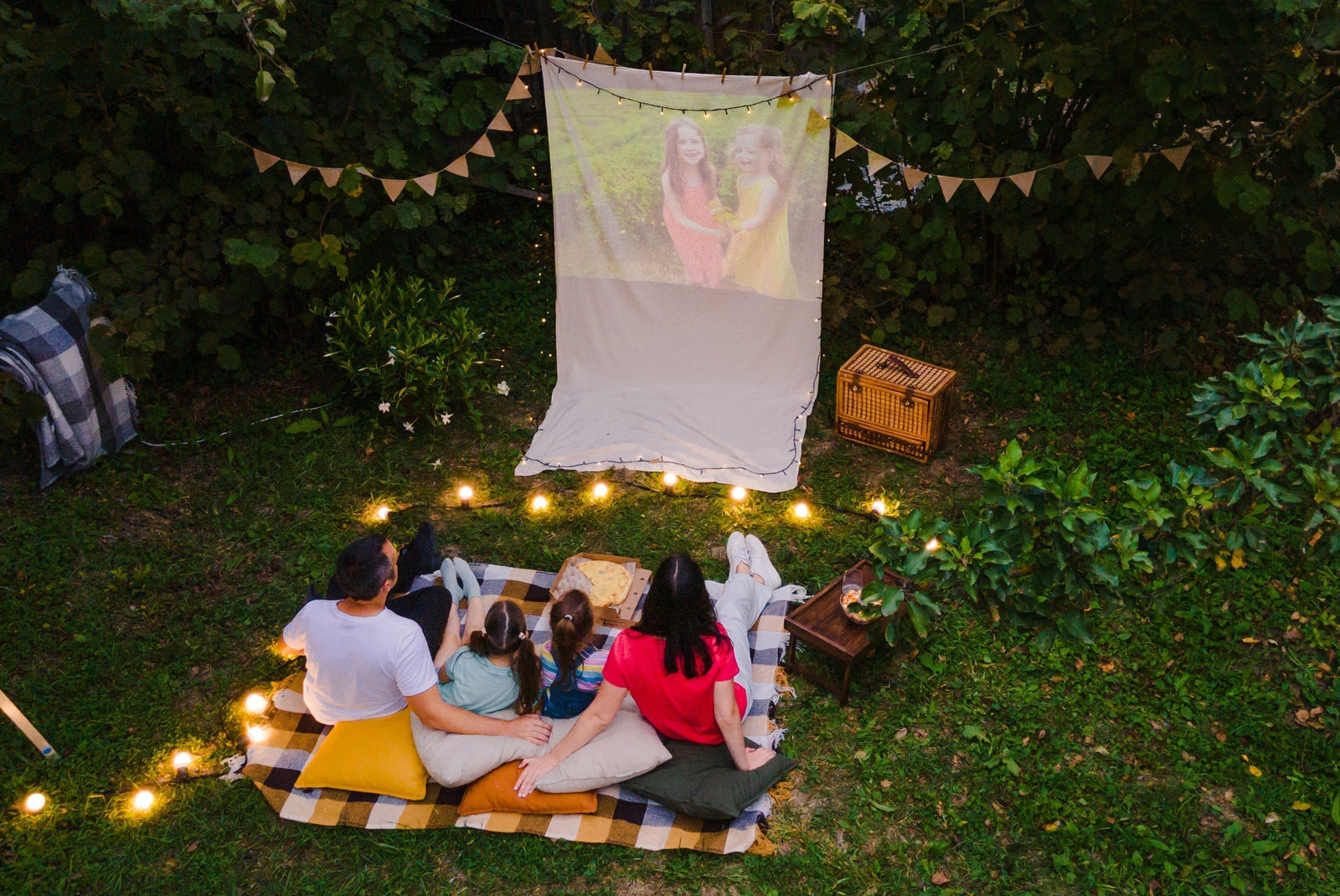How satisfied are you with your home’s interior design?
If you’re like most people, then you probably know that certain rooms could stand to be improved, but may not be able to put your finger on how or why. In this post, we’ll cover a few interior design essentials you can use to make your home more visually appealing, and more importantly, inviting! Check out the graphic below for a high-level overview, and continue reading below for an in-depth explanation.
As we’ll explain in more detail, one of the best ways to improve your interior is to invest in personalized art. Many of the pieces in the Personal-Prints catalog can be used to create focal points, accents, and complement existing decor — find the perfect piece for your home when you’ve finished reading this post!

Six Essential Principles of Interior Design
Repetition
Repetition is achieved when elements of a space repeat themselves and create a unified feeling. Tile, carpet, certain countertop textures, rows of windows, and even cabinets can all create a uniform, repeating pattern that instantly makes a space feel cohesive.
Balance
Interior designers often refer to three primary types of balance:
- Symmetrical: Symmetrical balance is probably what comes to mind when you hear the word “balance.” It’s achieved when a space is “split” into two, with each side mirroring the other. Identical couches on both sides of a symmetrical coffee table, for example, creates symmetrical balance.
- Asymmetrical: Asymmetrical balance occurs when a space is visually balanced without one half mirroring the other. In the coffee table example above, for example, we could replace one couch with an end table and chaise lounge chair that carry a similar visual weight but also add a bit more complexity to the arrangement.
- Radial: Radial balance contrasts with symmetrical and asymmetrical balance in the way that it involves a circular plane instead of a flat plan. One of the most common examples of radial balance is a circular table with evenly spaced chairs.
Rhythm
Just as musical rhythm guides you through a song, visual rhythm guides your eyes throughout a room. One of the most common ways interior designers create visual rhythm is by hanging colorful artwork on the walls and then placing small accent pieces throughout the space. People’s eyes are instantly drawn to the similarities in color and are taken on a visual “tour” of the room that feels ordered and cohesive.
Harmony
Have you ever walked into a room that felt like it had too much going on? It probably lacked harmony, which is achieved when each element of a space is coordinated with others to create a feeling of unity. Maybe the room felt “off” because it was decorated with artwork that contrasted with furniture or other elements, or perhaps there was too much repetition and not enough balance. In any case, rooms that are visually harmonious are often said to feel more restful than rooms that aren’t. This makes harmony extremely important in rooms like your bedroom and living room!
Emphasis
A room’s focal point is its anchor; it draws the eyes and sets the tone for the rest of the room. Large fireplaces, bold pieces of artwork, and even furniture can all serve as a room’s focal point. Once you’ve established a focal point, integrating the other design principles we’ve discussed is much easier!
Contrast
Contrast is perhaps the most self-explanatory principle of the bunch, and it occurs when objects are visually differentiated from each other. Shape and color are the two most common ways in which you can create contrast: Consider the bold, striking look of dark cabinets combined with light countertops or the effect a circular mirror creates when hung above a square console table.
Create the Home You’ve Always Wanted
We hope that today’s post will help you create a stunning interior that combines some of these interior design principles.
If your walls could use a splash of color or a room needs a focal point, visit the Personal-Prints catalog to look through our selection of personalized art. We have everything from name art pictures to personalized pet art, and we’re always adding new items to the collection. Be sure to check back frequently for even more pieces that can help you design the stunning interior your family deserves!




Leave a comment (all fields required)